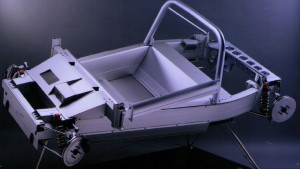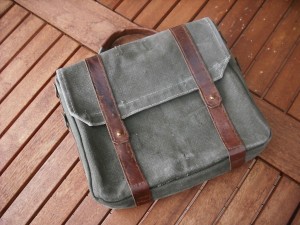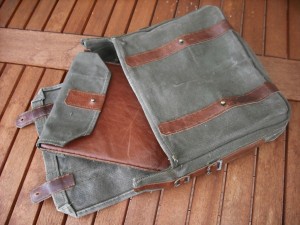Before you can bond aluminium into any sort of useful structure, you have to cut and shape the sheets. Now – most of us don’t have access to a fully-furnished metal shop, and a $1000 heavy-duty sheet metal brake is probably not that high up on the shopping list. But don’t worry, there is hope for the DIYer.
I came across these comprehensive plans for a home-made sheet metal brake that look fantastic. The plans are on biplaneforum.com. The builder of the brake, Dave Clay from Texas, crafted this tool in an afternoon for around US$75. I see another project on the horizon…




